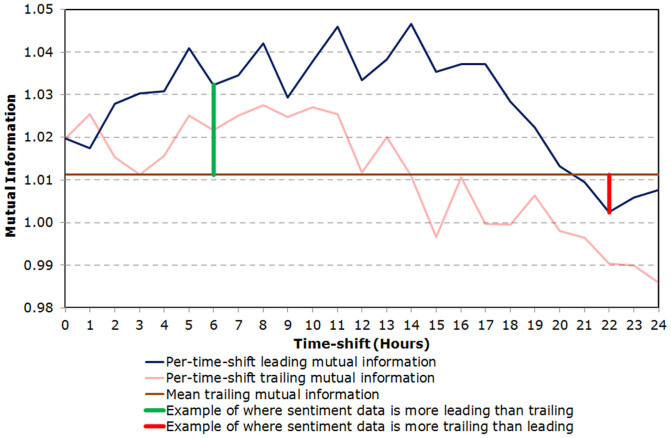Figure 3. Determining if sentiment data is more leading than trailing.
By way of example, we demonstrate the Mutual Information between hourly changes in sentiments and financial data for the Twitter Filter: “$GOOG” AND/OR “Google” compared with the hourly returns of Google CFDs. For this example, we only consider the negative sentiments as calculated by SentiStrength, a leading20 research-orientated sentiment classification tool tailored for the lexically and grammatically-incorrect nature of social media text. The data is presented for time-shifts between 0 and 24-hours both in a leading configuration (such that hourly changes in the sentiment data lead the security's hourly returns) and in a trailing configuration (such that security's hourly returns lead the hourly changes in the sentiment data). We only admit those time-shifts for which the per-time-shift leading Mutual Information exceeds the mean trailing Mutual Information, as indicated by the vertical green bar, and reject those time-shifts for which per-time-shift leading Mutual Information is less than the mean trailing Mutual Information, as indicated by the vertical red bar.

